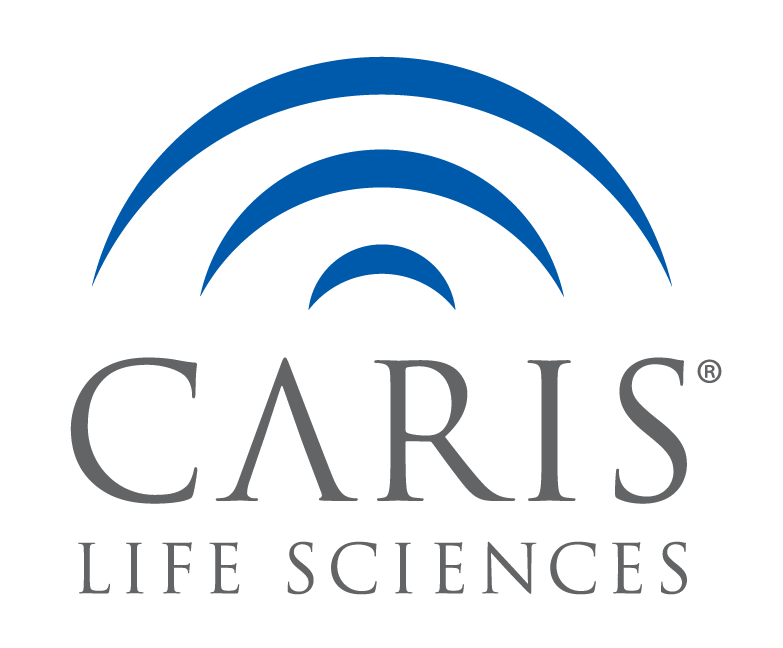Background:
Immunotherapy (IO) has changed the clinical management of numerous cancer (CA) types such as lung, melanoma, and Hodgkin lymphoma. Recently, clinical trials have demonstrated clinical benefit with IO showing durable responses in certain genitourinary (GU) cancers. Atezolizumab was the first IO approved for urothelial cancer in 20 years, thereby changing the treatment paradigm.
Tumor mutaBonal load (TML) has been shown to correlate with responses to immunotherapies, with considerable improvement in objecBve response, durable clinical benefit, progression free survival and overall survival, across several tumor types.
Improved response rates to IO have been associated with increased PD-L1 expression and/or high TML. There is a need to idenBfy biomarkers of response in order to further refine our understanding of paBents likely to benefit from IO with GU malignancies.
We conducted a retrospecBve review of data available from Caris Life Sciences (CLIA cerBfied laboratory) across all GU CA.
Methods:
We performed NGS on genomic DNA isolated from formalin-fixed, paraffin-embedded tumor Bssue using the Illumina NextSEQ plahorm. An Agilent custom-designed SureSelect XT assay was used to enrich 592 whole-gene targets.
The cutoff of TML-high vs. TML-low used was 17 mutaBons/megabase [MB] due to the high concordance observed between TML-high and MSI-high in colorectal cancer.
TML was measured for tumors sequenced using the NextSeq plahorm (592 genes and 1.4MB sequenced per tumor) by counBng all non-synonymous missense mutaBons found per tumor that have not been previously described as germline alteraBons.
PD-L1 (SP142, Ventana) was performed on tumor specimen pending tumor availability. PD-L1 was considered posiBve if at least 5% of tumor cells exhibited membranous staining. Otherwise, PD-L1 was interpreted as negaBve. Immune cell staining was not performed on this cohort.
Results:
Total of 544 tumor samples were analyzed. Demographics have been described in Table 1 TML varied amongst GU cancers, with bladder cancer having the highest rate at 14.5%.
Urothelial – squamous histology had a pronounced PD-L1 expression (Table 2A). A comparison of TML-high (n=15) versus TML-low (n=76) urothelial bladder CA showed the following differences (Figure 2A).
Conclusions:
- Our iniBal analysis indicates urothelial and squamous cell carcinomas of the bladder may derive the most benefit from checkpoint blockade therapy.
- The near absence of TML high in the kidney cancer evaluated, indicates the existence of a separate mechanism accounBng for the response to checkpoint inhibitors in these malignancies.
- The lack of TML high and low PD-L1 expression observed in some GU CA requires further invesBgaBon.
- The lack of concordance between TML and PD-L1 suggests a mulB-modality approach is needed to ascertain which GU CA derive the greatest benefit from checkpoint blockade therapy.
- More studies correlaBng molecular profiling with clinical outcomes (e.g. ORR, PFS, OS) are required to evaluate response to checkpoint blockade therapy.

